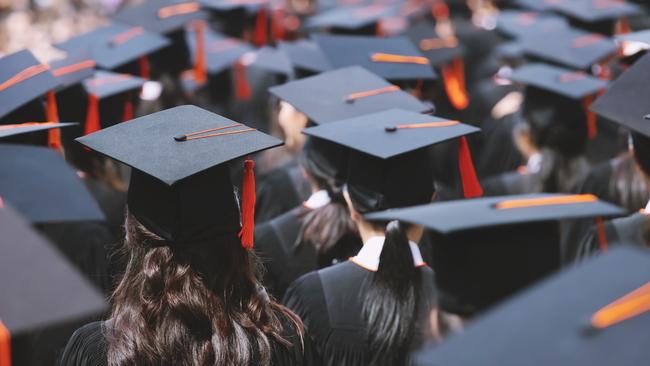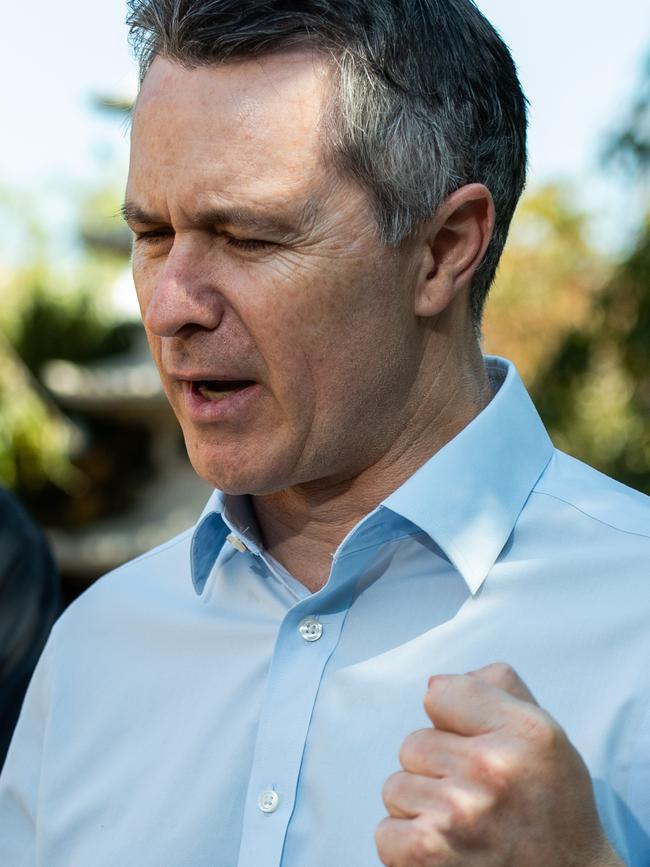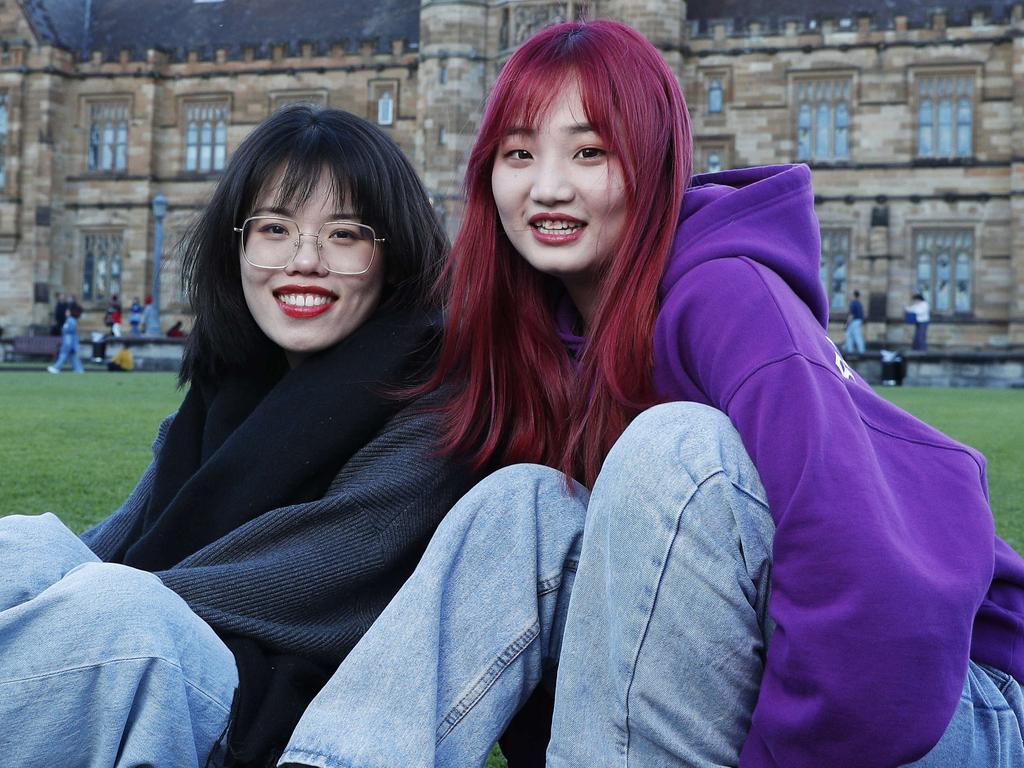New caps to target Chinese university students
Wealthy universities that profit from enrolling too many Chinese students will be penalised as the federal government dumps a ministerial direction it admits is ‘throttling’ tertiary education.

Wealthy universities that profit from enrolling too many Chinese students will be penalised as the federal government dumps a ministerial direction it admits is “throttling’’ tertiary education.
Federal Education Minister Jason Clare is set to announce more than 1000 separate caps on the number of international students enrolled in every university, vocational training college, English language college and school across Australia next year, to bring down the influx of 700,000 foreign students to Australia. The new limits will aim to siphon Chinese students out of the wealthier “sandstone’’ city universities, and funnel more foreigners into smaller and regional unis.
The caps will replace the controversial Ministerial Direction 107, which has wreaked havoc on university finances since ousted home affairs minister Clare O’Neil ordered her department in February to reject student visa applications deemed to be high-risk. As a result, the Group of Eight wealthiest research universities have enrolled record numbers of low-risk Chinese students, as other universities bleed revenue while more visa applications from Indian, Pakistani and Nepalese students are rejected.
Mr Clare described Direction 107 as “throttling the system’’.

He said caps on international student enrolments at individual universities – to be announced as soon as next week – would be a “better mechanism’’ to reduce the number of foreign students.
He said the ministerial direction was “affecting universities’ bottom line’’.
“A mechanism that is throttling the system right now … (is) Ministerial Direction 107,’’ he told the AFR Higher Education Summit in Sydney on Tuesday.
“A lot of universities have come to me over the course of this year and said: ‘the impact of that is hurting our universities … it’s affected their bottom line’.’’
The government intends to reward universities that diversify their student base away from Chinese students, who dominate enrolments. Universities must adhere to strict enrolment caps in 2025, but may then enrol additional non-Chinese students. Even more students can be enrolled if universities build additional student accommodation to house them.
The Menzies Research Centre think tank said international students should not make up more than one in four students enrolled in any university degree.
In a new research paper, it said universities must break their “addiction to international students’’.
Analysing 2022 enrolment data, it found that international students made up between 31 per cent and 46 per cent of total enrolments at 14 universities.
Nearly half of all students at Victoria University, the University of Wollongong, the University of Melbourne and the University of Sydney are international students - including those with student visas to live in Australia, as well as those living overseas.
“Our universities have become so focused on chasing international student revenue that they are neglecting their core mission, as publicly funded institutions, of delivering a high-quality education to Australian domestic students,’’ the research paper says. “Australia has the highest proportion of international students of any large developed country.
“The government should place an ongoing 25 per cent cap on international students at the course level, significantly increase minimum English language test score requirements and establish a whistleblower service for university staff to report practices such as pressure to ignore poor performance by international students.’’
The crackdown comes as the Albanese government shuts down 150 “ghost colleges’’ – vocational training colleges that were recruiting international students but failing to teach them.
The Australian Skills Quality Authority found the “dormant providers’’ had failed to show proof of delivering training in the past 12 months.
ASQA has ordered another 140 colleges to resume quality training by the end of the year.
Federal Skills and Training Minister Andrew Giles said the government was “calling time on the rorts and loopholes’’ in the vocational education and training sector.
Universities Australia chief executive Luke Sheehy demanded the government revoke Ministerial Direction 107 to “stem the financial impact’’ on universities.
“Department of Home Affairs data shows visa grants in higher education are down 23 per cent in the past year – the equivalent of 59,410 university students,’’ Mr Sheehy said.
“It represents a $4.3bn hit to the economy and could cost the university sector alone 14,000 jobs – not to mention the flow-on effect for small businesses which rely heavily on students.”
Federal opposition education spokeswoman Sarah Henderson said Ministerial Direction 107 had resulted in “blatant discrimination” against regional and smaller universities and private higher education providers.
“We are committed to reducing excessive numbers of foreign students studying at metropolitan universities to relieve stress on rental markets in our major cities, exacerbated by universities providing insufficient purpose-built accommodation,’’ Senator Henderson said.







To join the conversation, please log in. Don't have an account? Register
Join the conversation, you are commenting as Logout